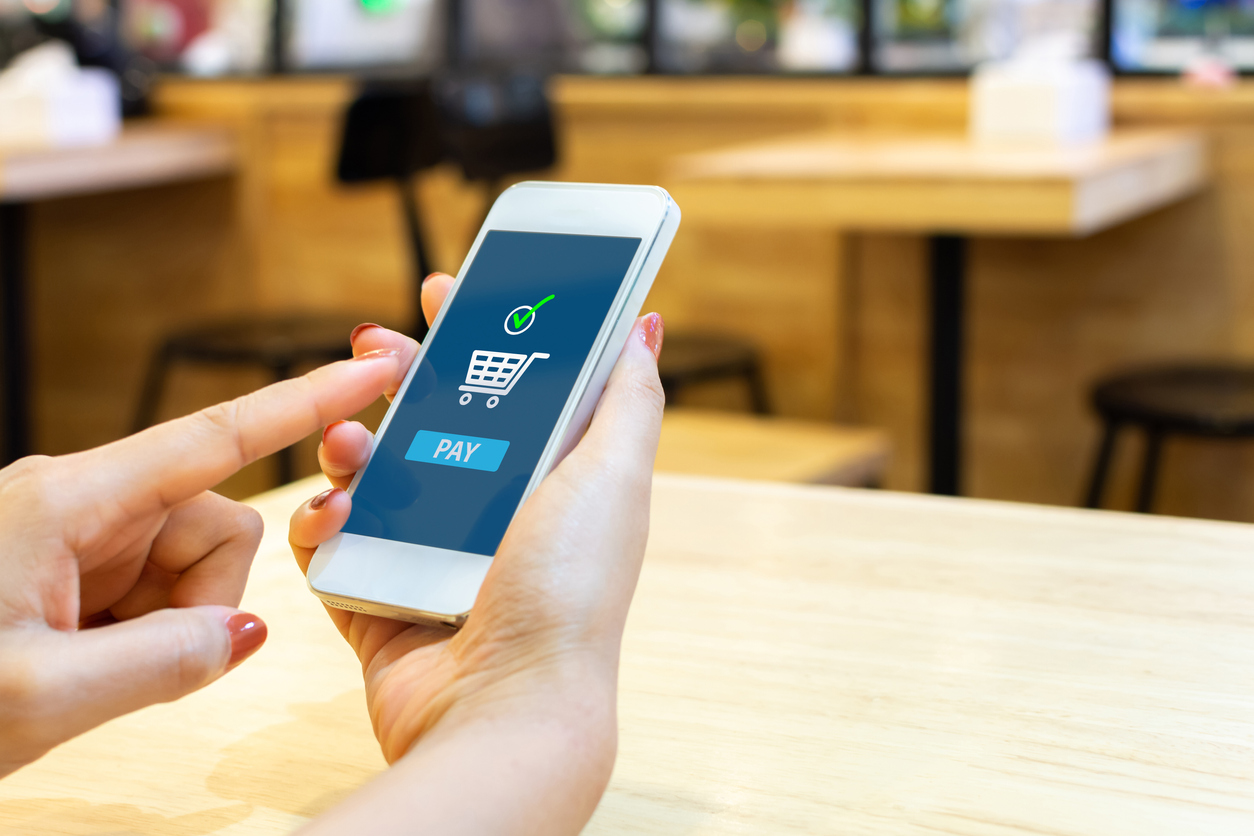We have covered the cultural trends that are revolutionizing the snack industry plenty of times. Millennial and Generation Z consumers are demanding healthy, organic snack options that they can consume throughout their busy days. Not only that, it appears these consumers are consuming more snacks than other generations before them. The snack industry is very aware of this and reports predict huge revenue growth to stem from these changes in snacking trends.
What we have not covered is something that could be a game changer as well. Young consumers use apps on their phone to pay instead of cash or credit because of ease of access and security. Should this ease of access be explored by candy sellers? Taking advantage of poor impulse control is an important element of selling candy. If you notice, most stores place their candy right next to the register so that consumers can grab a treat right before they pay. The temptation that you feel to buy a chocolate bar before paying for your groceries is a powerful purchase motivator.
If young consumers can scan their phone in a fraction of a second and purchase a piece of candy, is it not possible that they will buy more candy overall than if they had to pay swipe their credit card and input a PIN? The less time that is spent considering the purchase the more powerful the temptation becomes. However, this is still unexplored territory, as not many people use apps to purchase things in brick and mortar stores.
According to an article by candyindustry.com, “only 7 percent of survey respondents said they prefer to pay with a mobile app at a gas station or a c-store — that’s according to an online survey of 1,270 adults by YouGov and ACI Worldwide, a leading global provider of real-time electronic payment and banking solutions.”
Yet, of the few people who use the app, many claim that they are satisfied with the speed and convenience of their purchase. I’m sure as this method of payment increase in popularity, more stores will begin to accept it which could start its own revolution, much like the transition from cash to credit.
For more posts like these, make sure to keep up with our blog!

